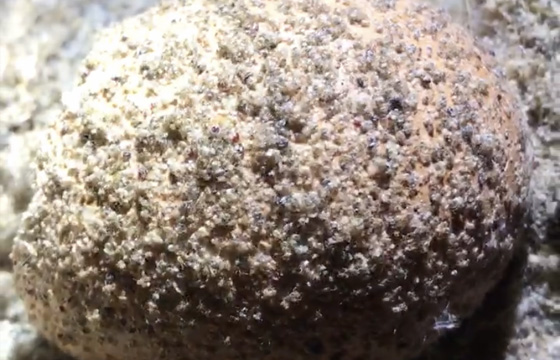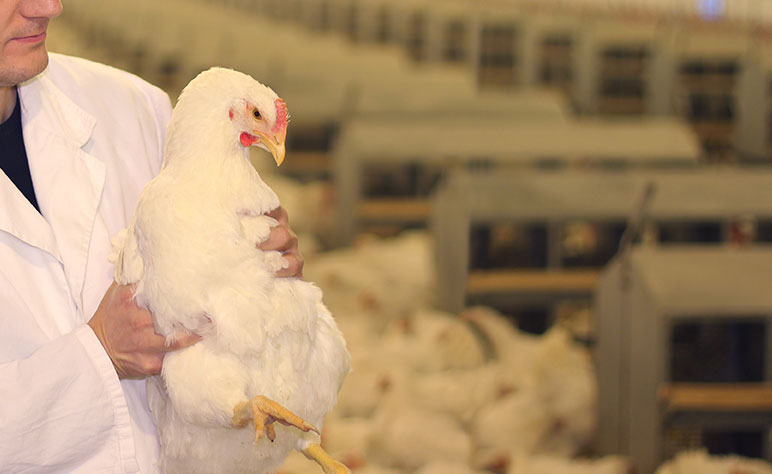
- 9.2.2024
- Education
Principles Of Performance – Red mite
Protecting The Flock’s Ability to Thrive
For a long time, the impact of red mite was not truly understood, especially going back to the years prior to Free Range making up the majority of the market. Talking to the owners of flat deck and multi tier aviary systems and becoming immersed in the research work myself, it became clear that as we have made the poultry housing better for the hens, we have also improved the environment for the mite. The ability to remove the muck from the house in the modern aviary systems has dramatically reduced ammonia levels, which create a better environment for the parasite. This has been combined with greater complexity in our laying systems, breed driven need for reduced light intensity, longer laying cycles and a more scientific monitoring of performance. All of these factors have contributed to red mite having an average impact of 1.8-2.4% increased mortality in a flock, reduced egg weight and greater E.coli prevalence.
One of my favourite analogies for the management of laying hens is that of an F1 car driving down to your farm, if we have smooth tarmac (good, preventive bird health management), this high performance machine will happily travel up and down the drive with minimal wear. If we have pot holes and mud, then the wheels fall off much sooner than we’d like. The performance of the modern laying hen is remarkable, but there is always a finite amount of energy available for handling stress, and losing upto 5% of blood volume per night means that the calories in the feed are not being optimally used for egg production, but for coping with the parasitic stress. As mite feed 3 hours after lights out (I have sat, with a torch, to observe when the colonies become active), the birds period of rest is relentlessly disturbed. The mite have a feeding tube through which they suck blood, called a proboscis, think of it is a wingless mosquito, this will feed on a bird one night and then the next time it feeds it will transfer every blood borne disease to the next hen.
The control of red mite is a true cornerstone of achieving low mortality at the end of lay, ensuring that the calories consumed are used to produce the greatest possible egg mass. There are few certainties in the free range environment, but protecting the ability of the hens to thrive, through controlling blood feeding parasites, is an absolute. Every penny that comes into our industry is through the Egg, therefore its our job at Rosehill to provide the technical supp needed to achieve the highest egg output possible per hen housed.

